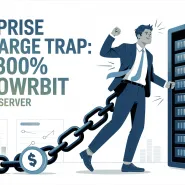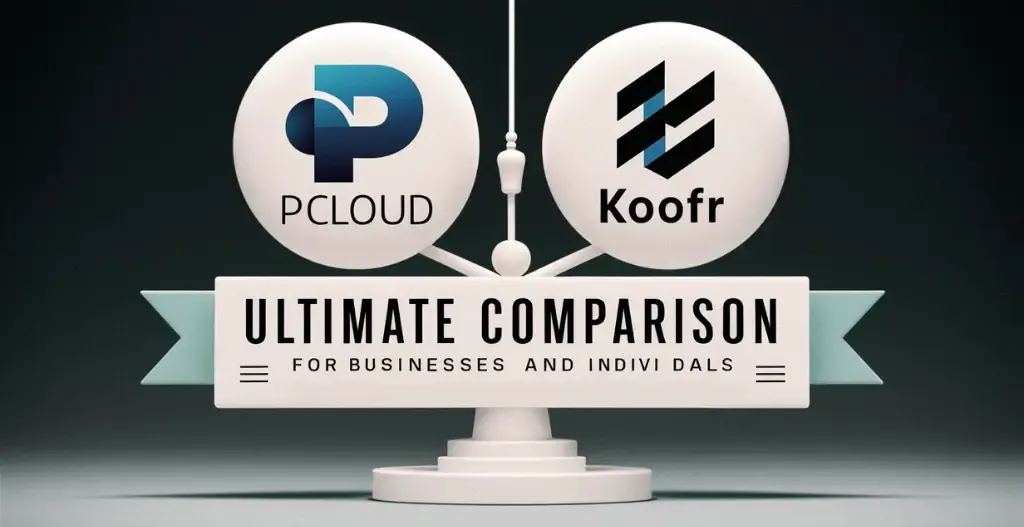Having an e-commerce website and looking for enhancing it by having some must have features in it? With the increasing rise of e-commerce market, its very crucial to stay ahead of your competitors and adopt the latest trends and features to attract and retain new potential customers. In this blog post by Owrbit, We will explore the 14 essential e-commerce website features that can make a huge impact on the success of your online business. From improving user experience to adding a extra security measure, these features are designed to take your customers shopping experience to next level

14 Essential Ecommerce Website Features :
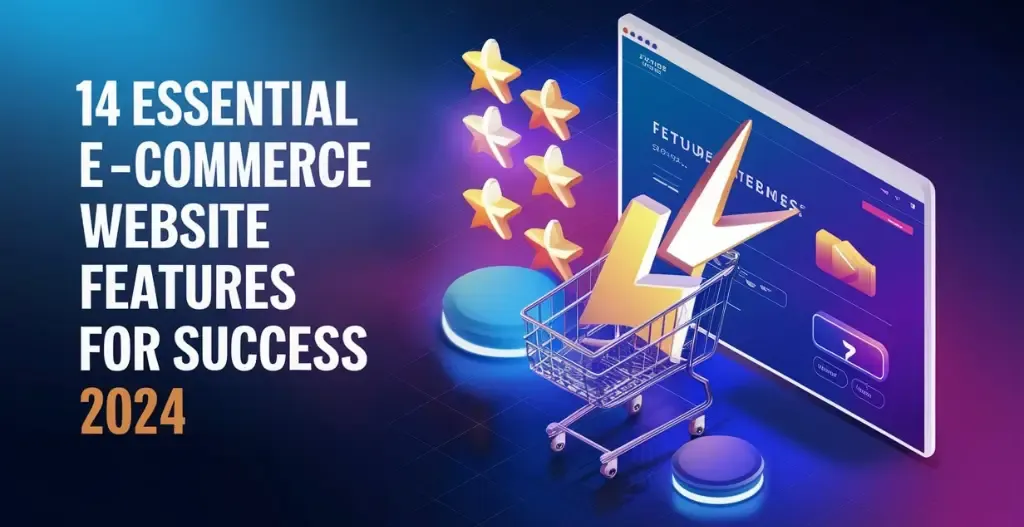
1. User-friendly Navigation With Improved Header :
E-commerce websites nowadays are consistently improving their websites with the ongoing trends. One key feature that greatly enhances the user experience is a user-friendly navigation system associated with advanced header. With the help of advanced header, Customers can easily find what they want and improve their shopping experience more efficient and enjoyable.
The user-friendly navigation ensures that customers can easily browse through product categories, search for specific items, and access important pages such as the shopping cart and account settings. This reduces a lot of frustration of getting lost on the website and enhances overall customer satisfaction.
By having an improved header into an e-commerce website, businesses can increase their sales and retain new potential customers. The improved navigation allows customers to quickly find and purchase products, helping in boosting the conversion rates and a decrease in bounce rates from earlier.

2. Search Feature :
Ecommerce Websites having a search feature can be a crucial tool which allows customers to easily find the products or service they are looking for. Search feature can improve overall user experience, increase conversion rates, and ultimately drive more sales. By adding a robust search functionality on your website, Owners can help customers navigate through their catalog and products quickly and efficiently.
Furthermore, search feature can provide valuable insights into customer behavior and preferences. By analyzing search queries and results, ecommerce businesses can identify popular products, potential gaps in their inventory, and get opportunities for improvement in their products and categories. Overall, having an effective internal site search feature can greatly benefit ecommerce websites in terms of customer satisfaction and sales.

3. Adding High Quality Product Images and Videos :
Another most important aspects of making a successful ecommerce website is the presentation of your products to customers. Adding a high quality images can make a huge difference in how customers perceive your products and can ultimately influence their purchasing decisions. By adding high resolution images that showcase your products from different angles and in different settings, you can help customers get a better sense of what they are buying.
Another great way to enhance the presentation of your products is by including product videos with product images. Videos can provide customers with a more interactive and engaging way to experience your products. They can see how the product looks, functions, and even get a sense of its size and scale. By including product demonstration videos or customer testimonial videos, you can build trust with your customers and give them more confidence in their purchase. Overall, adding high quality images and product videos to your ecommerce website can greatly enhance the shopping experience for your customers and increase your chances of making a sale.

4. Return Policy :
Return policy is also an essential aspect of any ecommerce website as it helps build more trust with customers and ensures that they can comfortably make purchase without any worry. A clear and fair return policy can also help you reduce the number of customer inquiries and complaints related to returns. Typically, an ecommerce website will outline its return policy on a dedicated page, detailing the process for returning items, any applicable restocking fees, and the timeframe for initiating returns. Customers should be able to easily access this information before making a purchase to avoid any surprises or misunderstandings.
Factors such as the condition of the item being returned and the reason for the return can impact whether a customer is eligible for a refund or exchange. Some ecommerce websites may offer free returns, while others may require the customer to cover the cost of return shipping. To minimize the potential for abuse, many ecommerce websites will have certain guidelines in place, such as only accepting returns within a specified timeframe or only offering refunds in the original form of payment.

5. Simplified Checkout Process :
Having a simplified checkout process on your ecommerce website is also crucial in ensuring a smooth and efficient shopping experience for customers. By improving the checkout process, online retailers can reduce the number of steps required to complete a purchase, which can help prevent potential customers from abandoning their carts. This can be achieved by eliminating unnecessary form fields, providing various payment options, and offering guest checkout options for users who do not wish to create an account.
Additionally, incorporating auto-fill features can help checkout process by automatically populating fields with customer information, such as shipping address and payment details. This not only saves time for the customer but also reduces the likelihood of errors during checkout. Furthermore, providing clear and concise instructions throughout the checkout process can help guide customers through each step and provide reassurance that their purchase is being processed securely.

6. Multiple Payment Methods :
Multiple Payment Methods are essential in an ecommerce websites to meet to the diverse preferences of customers. By offering a variety of payment methods, such as credit/debit card, PayPal, Apple Pay, and Google Pay, businesses can attract a more wider range of clients. Customers appreciate the convenience and security of being able to choose the payment option that best suits their needs. Additionally, having multiple payment options can help increase conversions and reduce cart abandonment rates. Businesses that offers flexible payment methods are more likely to gain more customer trust and loyalty.
Incorporating diverse payment options can also help businesses expand into international markets. By accepting local payment methods specific to certain countries, ecommerce websites can reach a larger audience and increase sales globally. Moreover, having multiple payment options can create a seamless checkout experience for customers, leading to a positive shopping experience and enhancing the overall reputation of the business.
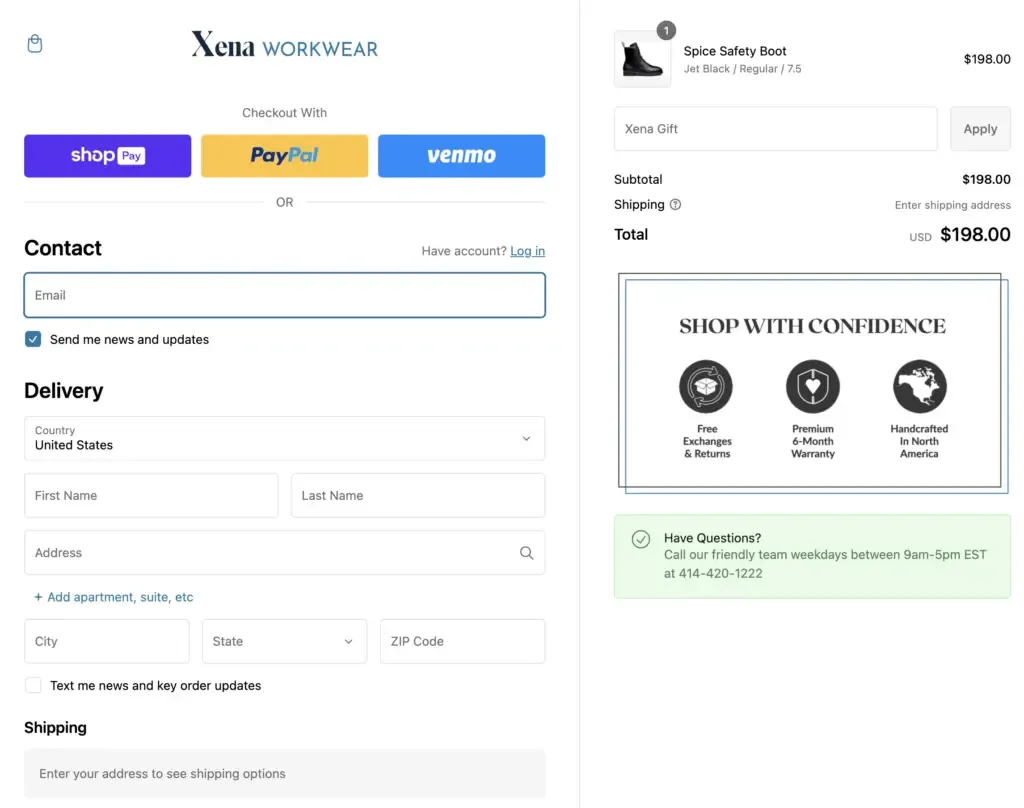
7. Customer Support :
Customer support in e-commerce websites is essential for ensuring customers have a positive shopping experience. Having a responsive and knowledgeable customer support team can make all the difference in resolving all the customers issues quickly and addressing the customer with their issues effectively. Whether it’s answering questions about products, helping with returns or exchanges, or troubleshooting technical issues, customer support plays a important role in building trust and loyalty with online shoppers.
One of the key components of effective customer support in e-commerce websites is providing multiple channels for customers to reach out for assistance. This can include live chat, email support, phone support, and even social media messaging. By offering various options for communication, customers can choose the method that is most convenient for them and receive help in a timely manner.

8. Order Tracking System :
Order tracking in an ecommerce website is a crucial feature that allows customers to track and monitor the status of their order from the moment they purchase until it is delivered to their doorstep. When customers place an order, they are provided with a unique tracking id which they can use to track their package. By entering this tracking ID into the designated field on the shipping website, customers can access real-time updates on the status of their order, including the estimated delivery date and current location of the package.
Order tracking systems in ecommerce websites are usually integrated with logistics companies to provide accurate and up-to-date information on the delivery process. This integration allows customers to view detailed information such as the shipping carrier, tracking number, and expected delivery time. With just a few clicks, customers can easily track their order and plan accordingly for its arrival.
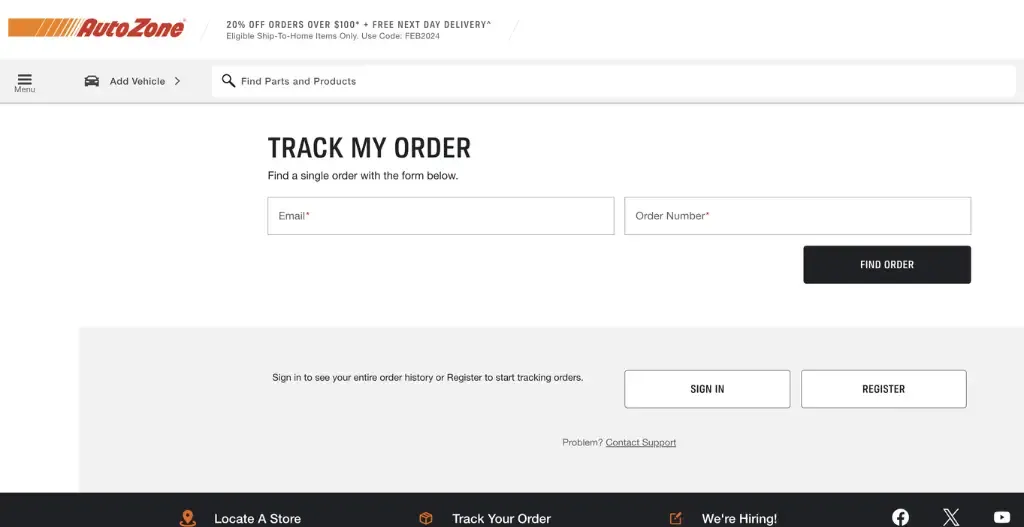
9. Mobile Application :
Mobile App is a convenient way to access an ecommerce website on the go. With the increasing use of smartphones, more and more people prefer shopping through mobile apps due to their user-friendly interface and easy navigation. A well-designed mobile app can enhance the overall shopping experience by providing personalized recommendations based on browsing history and preferences.
A mobile app allows users to receive push notifications for special deals, discounts, and new arrivals, keeping them engaged and informed about the latest offerings from their favorite online stores. With just a few taps on their mobile devices, customers can browse through a wide range of products, add items to their cart, and complete the purchase process seamlessly.

10. Offering Coupon Codes :
Offering Coupon Codes in ecommerce websites is a great way to attract new customers and retain existing ones. By providing discounts or special deals through the use of Coupon Codes, online retailers can incentivize shoppers to make a purchase. This strategy can also help increase conversion rates and boost overall sales for the business.
In addition to encouraging more sales, Coupon Codes can also be used as a marketing tool to promote specific products or clearance items. By offering a discount on certain items, ecommerce websites can drive traffic to those particular product pages and increase visibility for the brand.
Coupon Codes can be a great way to reward loyal customers and encourage repeat business. By offering exclusive discounts to subscribers or VIP customers, online retailers can show their appreciation and build customer loyalty over time.

11. Multilingual Support :
Having multilingual support in your ecommerce website can provide several benefits for both the business and its customers. By offering the website in multiple languages, businesses can reach a larger audience and attract customers from different regions around the world. This can lead to increased sales and revenue for the business.
Customers will appreciate being able to access the website in their preferred language, making it easier for them to navigate the site, find products, and make purchases. This can improve the overall customer experience and satisfaction, leading to repeat business and positive reviews.

12. Offer An Affiliate Program :
Offering an Affiliate Program in your ecommerce website can be a great way to expand your reach and increase sales. By partnering with affiliates, you can tap into their audiences and leverage their influence to promote your products or services. This can result in a win-win situation for both parties, as affiliates earn a commission for every sale they drive, while you benefit from increased traffic and conversions.

13. Social Media Accounts :
Having Social Media Accounts linked to an ecommerce website is crucial for increasing brand visibility and driving traffic. Platforms like Facebook, Instagram, Twitter, and LinkedIn allow businesses to connect with their target audience, promote products, and engage with customers in real time. By maintaining an active presence on these social media channels, ecommerce sites can build a loyal following and establish trust with potential customers.
One of the key benefits of linking Social Media Accounts to an ecommerce website is the ability to reach a wider audience. When followers share or interact with posts, they are essentially promoting the brand to their own network of friends and family, opening up new opportunities for organic growth. In addition, social media platforms provide valuable insights into customer behavior and preferences, allowing ecommerce businesses to tailor their marketing strategies accordingly.

14. FAQs Of The Product :
Last but not least, When shopping online, it is common to have questions about the products you are interested in purchasing. That is why many ecommerce websites have a FAQ section specifically for their products. These FAQs are designed to provide customers with quick answers to common inquiries, helping them make more informed decisions before making a purchase.
One of the main benefits of having a FAQ section for products on an ecommerce website is that it can help to reduce the number of customer inquiries that need to be handled by customer service representatives. By addressing common questions proactively, ecommerce bausinesses can save time and resources while also improving the overall shopping experience for their customers.

Conclusion :
Enhancing your e-commerce website with essential features can improve user experience, increase customer satisfaction, and boost sales. From user-friendly navigation and robust search functionality to high-quality product images and videos, these features make it easier for customers to find what they need and feel confident in their purchases. Simplified checkout processes and multiple payment methods reduce cart abandonment and increase conversions.
Providing clear return policies, efficient customer support, and an order tracking system builds trust and ensures a smooth shopping experience. Mobile apps and coupon codes engage customers on the go and incentivize purchases. Multilingual support and affiliate programs expand your reach, while active social media accounts increase brand visibility and drive traffic. Lastly, a comprehensive FAQ section answers common questions, reducing customer service inquiries and enhancing the overall shopping experience.
By implementing these 14 essential features, you can take your e-commerce website to the next level, ensuring it stands out in the competitive market and attracts and retains more customers.
Checkout 9 Key Factors To Consider While Choosing WordPress Theme in 2024
Discover more from Owrbit
Subscribe to get the latest posts sent to your email.

